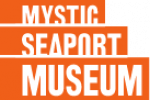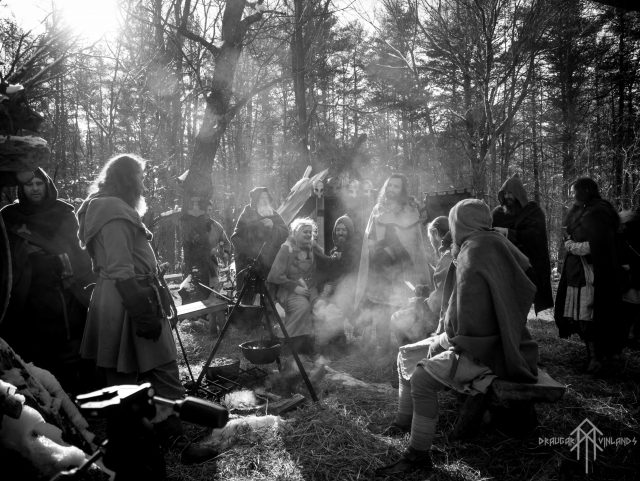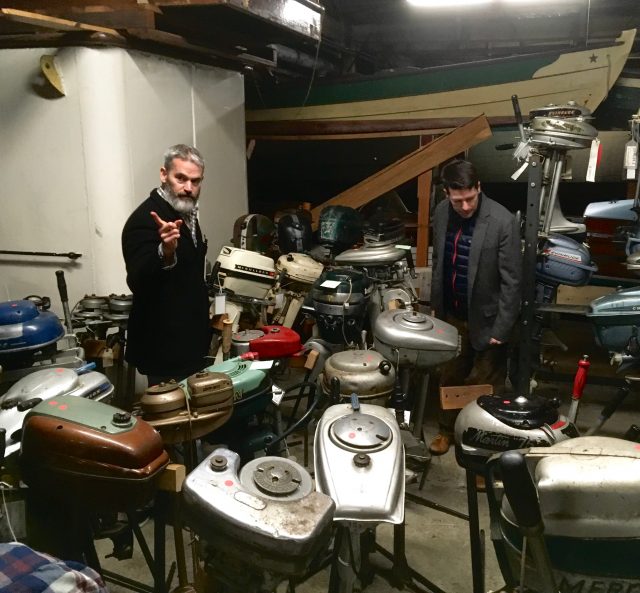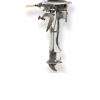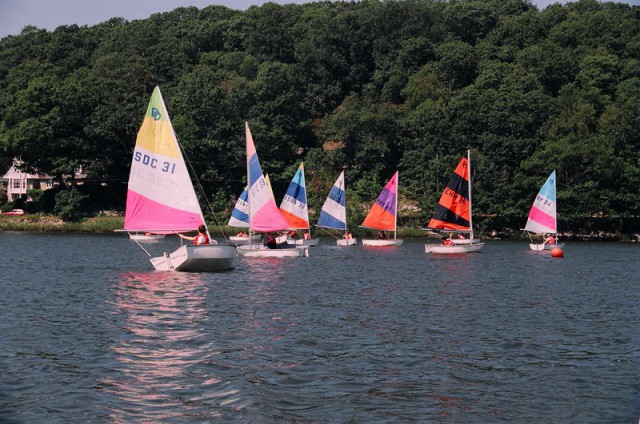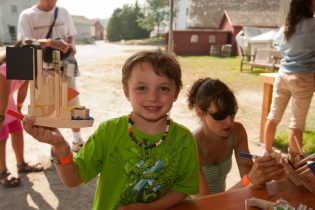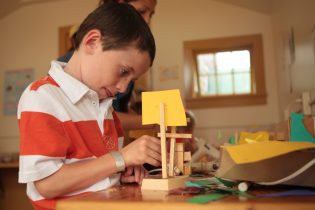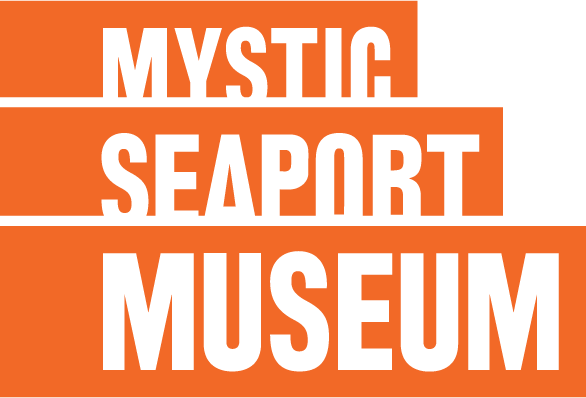On Saturday, June 1 and Sunday, June 2, the grounds of Mystic Seaport Museum will be transformed in a celebration of all things Viking for the second year in a row.
We are thrilled to welcome back a highlight of the 2018 Viking Days – Draugar Vinlands, a historical reenactment and living history group based out of Exeter, N.H., that is dedicated to the accurate portrayal of combat and culture during viking-age Scandinavia. We are re-posting our 2018 interview in advance of the 2019 Viking Days.
Bjorn Mroz, a member of the organization, took a few minutes to answer five questions.
1. Tell us about Draugar Vinlands – how did the group form, and what is its main purpose?
Draugar Vinlands (translating roughly to the Ghosts of Vinland) first formed in 2012. Of Jarl, the founder of the group, had been reenacting for well over a decade, and he wanted to start his own group that explored a time period that he held a lot of interest in. he also had a personal connection, his family came from Lithuania and Sweden and he grew up hearing many old Scandinavian and Slavic tales and folk songs.
The main goal of the group started as a militaristic endeavor, working to understand the method of combat used during the Viking Age, a time before any of the treatises or written doctrines from the medieval era cover. As we gained more experience and welcomed more people into the group, our interests evolved and we had the ability to view the Viking Age as a whole, and uncover what life was like for the Norse men and women away from the raiding that was well known; the life that existed behind the sword.
2. Now tell us about yourself – how did you get involved? What’s your connection to Viking culture?
I got involved with Draugar Vinlands in 2013. I was going to college in Lowell, and was studying Viking history as I had a long-standing interest in the age well beforehand. I met two of the members at a concert by chance who were dressed in kit, and I immediately began talking to them, and the following weekend after I had made contact with the Jarl and had thrown myself into the fire, so to speak. I’ve been going regularly ever since.
3. Why are Vikings so popular right now?
The dark age has long been an area of fascination, there’s always some form of popularity from that age since it was such a formative age in history, so many nations existed and a wide variety of cultures were exchanged. Before the last few years, the Vikings hadn’t been showcased as a part of this interest, and they’ve only really come under the mainstream spotlight relatively recently. Before this time, general knowledge of the Vikings only dictated them as raiding berserkers at best and dirty, godless barbarians at worst. I think a lot of people are excited and fascinated to know that there is far more to them than what they’ve been told, to see the culture and lifestyle explained, and to learn that in many ways the Vikings were more civilized than most of their contemporary societies at the time.
4. What are the biggest misconceptions people have about Vikings and Viking culture?
The one I hear the most is ‘Did Vikings have horns on their helmets?‘ The answer is simply no. As I mentioned, common knowledge says Vikings were raiding barbarians. But most commonly they were craftsmen, tradesmen, and merchants. Raiding was only common for younger sons who received no inheritance and therefore had to raid to make a living and be able to gain their own wealth.
They also had an amazingly advanced culture that lays huge importance on one’s given word and sworn oaths. To break these oaths would damn the individual to Hel, and they had a very progressive society that allowed for a lot of social freedom. They granted women the rights to own land and property as well as divorce their husbands, something that wouldn’t be seen in neighboring countries for hundreds of years. Their native religion was also immensely rich and complex, full of cautionary tales as well as stories that can bring out tears of laughter or sorrow.
5. What’s the most fun about being part of Draugar Vinlands?
While I enjoy so many things about Draugar Vinlands, the best thing about it is the camaraderie among all of us. We can spar, craft, cook, and anything else that we can think of but when you boil it down we’re always together doing it all, sharing common interests and indulging not only ourselves but one another, making lifelong friendships and stories to share. Draugar Vinlands is a family, brought together by our shared passion for history but united by the friendships that we forge together.
